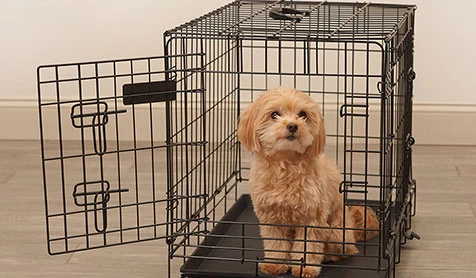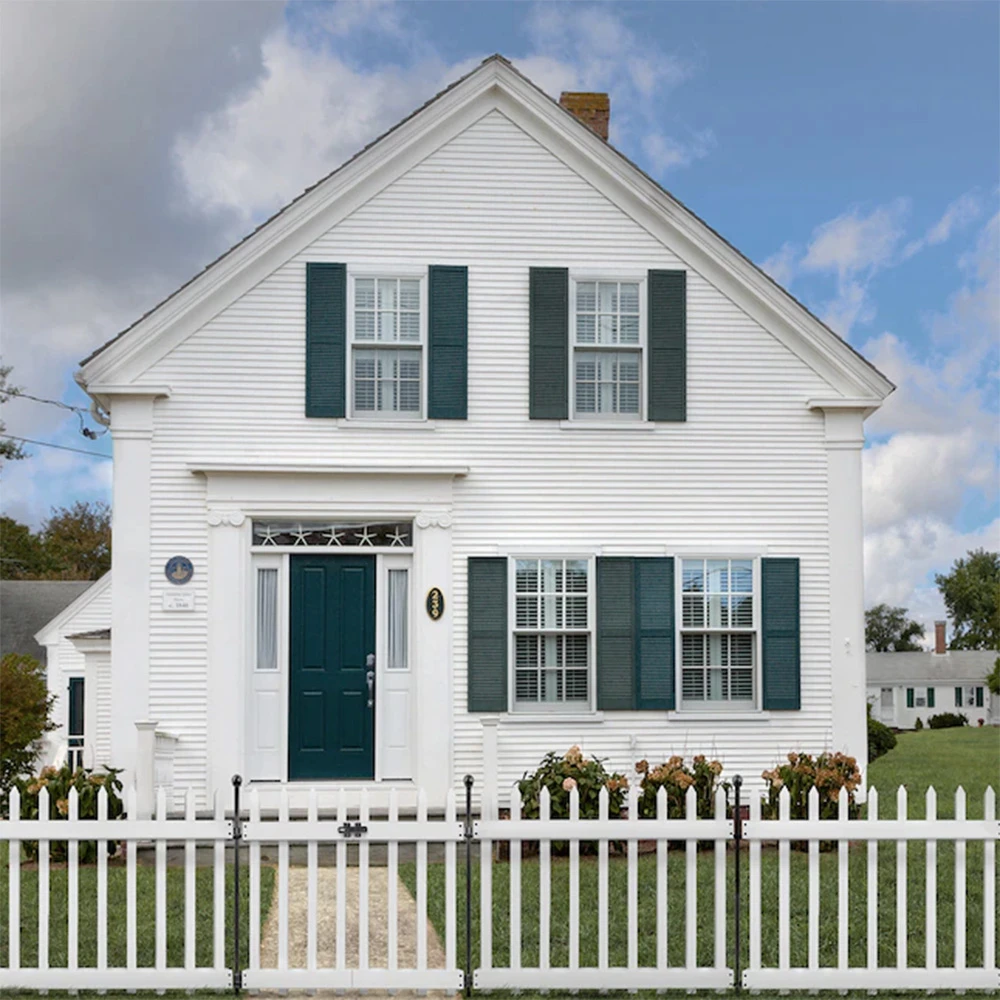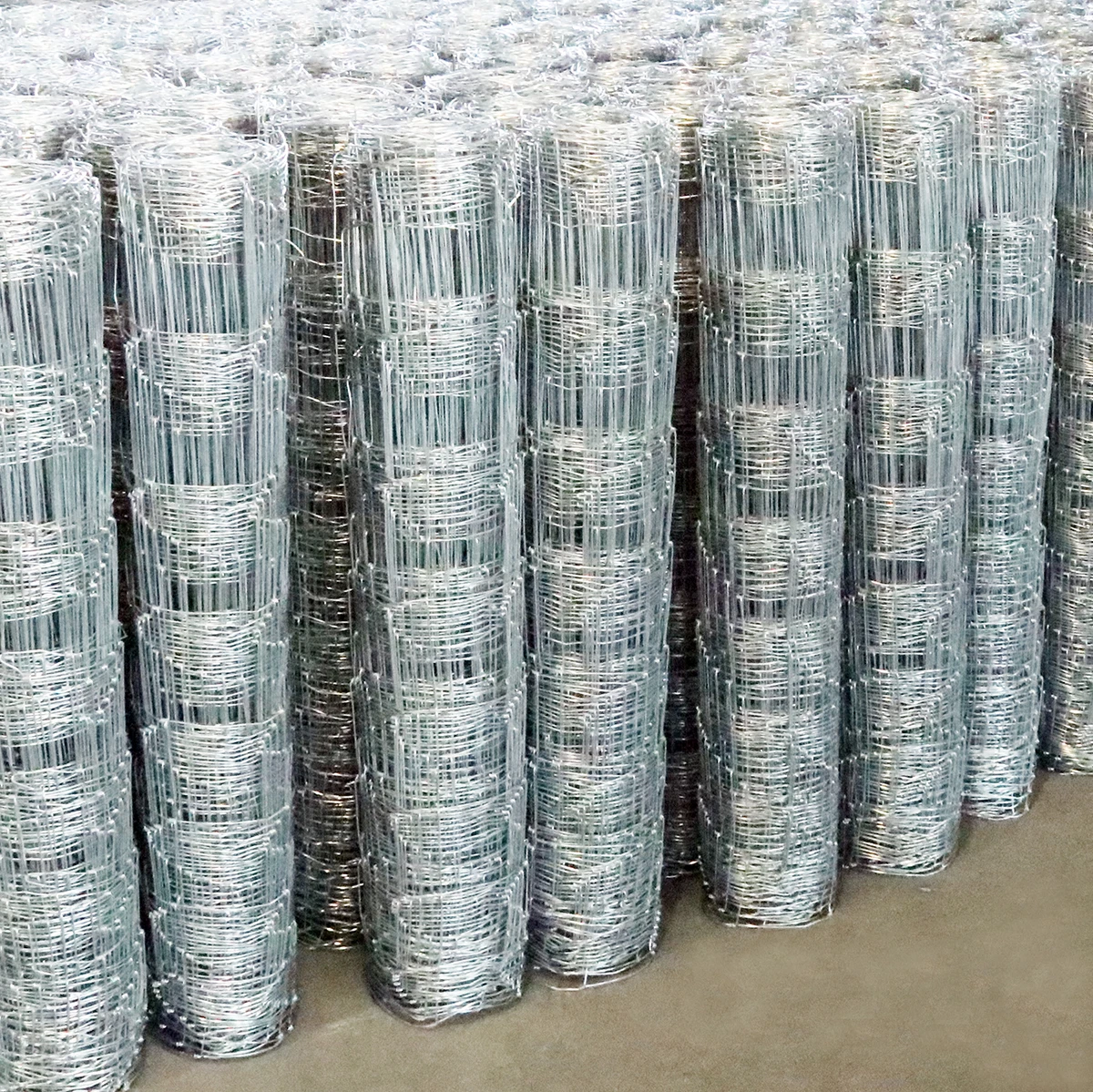Effective Safety Solutions for Fencing Equipment Machine Guarding and Protection
12月 . 30, 2024 10:23
Safety Fencing Machine Guarding A Vital Aspects of Workplace Safety
In today’s industrial landscape, the safety of workers is paramount. The implementation of effective machine guarding systems is essential in mitigating hazards and protecting employees from potential injuries. One critical component in this strategy is the use of safety fencing machine guarding. This article explores the significance of safety fencing in workplace environments, its functions, types, and best practices for implementation.
What is Safety Fencing Machine Guarding?
Safety fencing machine guarding refers to physical barriers designed to protect workers from hazardous machinery or processes. These barriers serve as a first line of defense against accidental contact with moving parts or other dangerous operations within manufacturing and production settings. By clearly demarcating safe zones and restricting access to dangerous areas, safety fencing enhances worker awareness and reduces the likelihood of accidents.
Importance of Safety Fencing
1. Accident Prevention The primary goal of safety fencing is to prevent accidents. By creating a physical barrier between workers and machinery, the risk of accidental injuries caused by contact with moving parts is significantly reduced. This is particularly crucial in environments where heavy machinery operates continuously.
2. Compliance with Regulations Workplace safety is governed by various regulations and standards, such as the Occupational Safety and Health Administration (OSHA) in the United States. Implementing safety fencing can help businesses comply with these regulations, thereby avoiding potential legal penalties and enhancing their reputation as a responsible employer.
3. Improved Productivity When workers feel safe, their productivity tends to increase. Safety fencing not only protects employees but also fosters a culture of safety, allowing workers to focus on their tasks without the constant fear of injury. This, in turn, can lead to more efficient operations and reduced downtime.
4. Training and Awareness Safety fencing serves as a visual cue that highlights hazardous zones within the workplace. This not only helps new employees quickly understand the layout of the environment but also reinforces safety training and awareness among veteran staff.
Types of Safety Fencing
Safety fencing comes in various forms, each designed to meet specific needs and compliance standards
safety fencing machine guarding

1. Fixed Barriers These are permanent structures that provide a sturdy and reliable form of protection. Fixed barriers are ideal for high-risk zones that require constant safeguarding.
2. Removable Fencing For areas that need flexible access, removable fencing systems are suitable. These can be set up or taken down as required, allowing for variations in workflow.
3. Modular Systems These systems provide the versatility of being easily reconfigured as operational needs change. They are often used in environments where production lines are frequently altered.
4. Electronic Safety Systems In modern workplaces, electronic safety fencing solutions incorporate sensors and alarms to provide real-time alerts about unauthorized access or potential hazards, adding an additional layer of protection.
Best Practices for Implementation
1. Conduct Risk Assessments Before installing safety fencing, conduct thorough risk assessments to identify areas of concern. This will help in determining the appropriate type of fencing and its specifications.
2. Regular Maintenance Safety fencing systems should be regularly inspected and maintained to ensure their effectiveness. This includes checking for any structural damage or wear that might compromise safety.
3. Employee Training Ensure that all employees are educated about the importance of safety fencing and understand how to adhere to safe practices within fenced areas.
4. Stay Informed Keep up with industry standards and regulations to ensure that your safety fencing systems remain compliant and effective in protecting your workforce.
Conclusion
In conclusion, safety fencing machine guarding is a crucial element of workplace safety management. By effectively implementing safety fencing, businesses not only protect their workers from potential hazards but also create a safer, more productive work environment. Prioritizing safety is not just a regulatory obligation; it is a fundamental aspect of valuing human life and fostering a culture of care and responsibility in the workplace.









 Unity
Unity Creation
Creation Challenge
Challenge Contribution
Contribution










